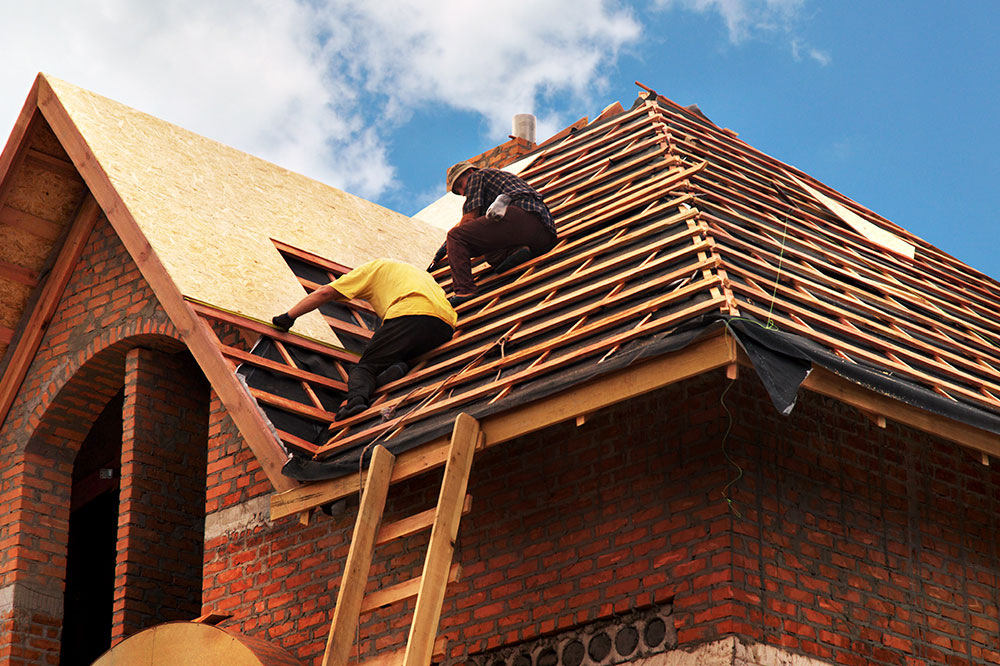Ultimate Guide to Determining Your Roof's Slope
This guide provides a detailed overview of how to determine your roof’s slope, its importance, and the measurement techniques. It covers manual methods, categories of roof pitches, and the use of digital calculators for accurate results, vital for effective construction and renovation. Understanding roof pitch helps optimize attic space, water drainage, and overall durability, ensuring your home’s roof is both functional and aesthetically pleasing.
Sponsored

When planning a new home or upgrading an existing property, aesthetics come to mind, but understanding your roof's pitch is equally essential. Roof pitch influences attic space, water runoff, and maintenance costs. This comprehensive guide explains what roof pitch is, its benefits, how to measure it, and the best tools to calculate it. Knowing your roof’s angle helps ensure proper construction and durability, whether you're building from scratch or renovating.
What is roof pitch?
Roof pitch refers to the angle or incline of a roof, expressed as the vertical rise in inches for every horizontal foot of span. Higher numbers indicate steeper slopes.
A steeper roof allows for more attic storage and better water drainage. It requires more materials for framing and sheathing but enhances energy efficiency by improving ventilation. A well-pitched roof also offers wind resistance, extends the roof’s lifespan by shedding snow and debris effectively, and may increase maintenance costs due to safety needs on steep slopes. Roof pitches are categorized into flat, low-slope, conventional, and steep, aiding in material selection and design considerations.
To accurately determine your roof’s pitch, familiarize yourself with terms like roof span, rafter run, and roof rise. Measuring these parameters allows you to calculate the pitch precisely, either through manual methods or online tools. Using a calculator simplifies the process, ensuring reliable results. Accurate pitch measurement is crucial during construction or renovation to meet building codes and optimize roof durability. Rafter length calculations can also be performed using pitch data to ensure suitable materials are used.
Methodologically, measuring the roof’s run and rise directly from the structure helps determine the pitch ratio. Measure the horizontal distance from the edge to the middle plus the vertical height from the lowest point to the ridge. Divide the rise by the run to find the pitch ratio, which can be converted into a slope expressed as a ratio like X:12. Digital tools and calculators help streamline this process during planning or repairs, providing precise angle and length data for your roofing project.





